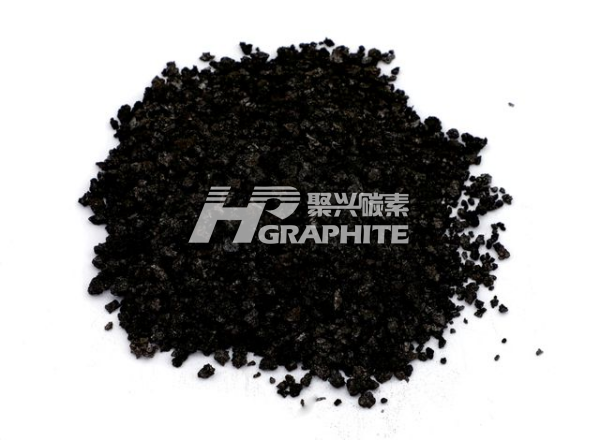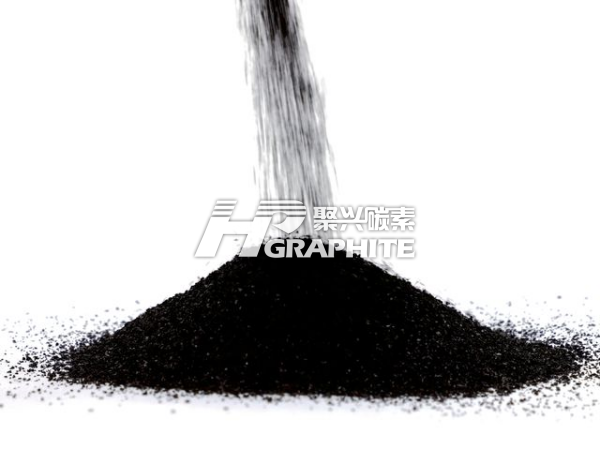【Carburants】Why It's the "Soul Element" of Steelmaking and Casting

【Carburant】Why It's the "Soul Element" of Steelmaking and Casting
In the industrial stage of steelmaking and casting, carburants may seem low-key, but they are indispensable "behind-the-scenes heroes." Like precise "carbon regulators," they silently replenish carbon content during steel smelting, laying a solid foundation for the production of high-quality steel and castings.
1. Definition and Role of Carburants
During steel smelting, carbon in the molten iron is lost due to factors like smelting time and heat preservation, leading to insufficient carbon content. Carburants, as carbon-rich materials, are specifically designed to replenish this lost carbon. They not only ensure that the steel reaches the expected carbon content but also optimize the properties of castings — refining grain structure, improving tensile strength and hardness, and enhancing the distribution of carbon and alloying elements for a denser and more uniform microstructure.

2. The Diverse Family of Carburants
1. Artificial Graphite: The highest quality type, produced by graphitizing premium calcined petroleum coke at high temperatures, resulting in low ash and sulfur content. Although costly, it offers significant advantages in ductile iron smelting. Foundries often use recycled materials like scrap graphite chips and discarded electrodes to lower costs.
2. Petroleum Coke: A widely used by-product of crude oil refining. Raw petroleum coke contains impurities and must be calcined at 1200–1350°C to remove sulfur, moisture, and volatile matter. After calcination, it is categorized into sponge, needle, granular, and fluid types, each with different applications. Sponge coke, once calcined, is used for aluminum production and as a carburant.
3. Natural Graphite: Includes flake graphite and microcrystalline graphite. Microcrystalline graphite, due to high ash content, is seldom used as a carburant. Flake graphite, particularly medium-carbon grades, is occasionally used, though high-carbon types are rare and expensive.
4. Coke and Anthracite: Occasionally added in electric arc furnace steelmaking, but due to their high ash and volatile content, they are rarely used in induction furnace iron casting.

3. The Key Functions of Carburants
1. Replenishing Carbon: Precisely compensates for carbon loss, ensuring molten iron reaches the theoretical carbon content.
2. Enhancing Nucleation: Carbon precipitates as graphite in the melt, improving nucleation capacity, refining grains, and boosting mechanical properties.
3. Optimizing Element Distribution: Improves the distribution of carbon and alloying elements, eliminating segregation, and leading to a denser and more uniform structure.
4. Improving Efficiency: Reduces slag formation, simplifies slag removal, enhances molten metal flowability, stabilizes molten iron composition, and prevents segregation.
4. The Wisdom of Choosing Carburants
Selecting a carburant requires a comprehensive consideration of multiple factors. Priority should be given to graphitized materials to minimize impurities, raise carbon content, and lower sulfur levels. Different types of cast iron have different needs: ductile iron is best suited to graphitized petroleum coke or artificial graphite carburants, while gray iron may use calcined coal or metallurgical coke carburants. It is also crucial to strictly control the addition amount based on proportion and carbon equivalent requirements, and to pay attention to the method of addition — for instance, adding it together with scrap during electric furnace smelting or placing it in the middle to lower part of the charge in induction furnaces.
Although carburants may not attract much attention, they play a pivotal role in the steel and casting industries. From material types to application methods, from working mechanisms to selection techniques, every detail impacts the final quality of steel and castings. As the industry evolves, carburants continue to advance, contributing to the ongoing progress of steelmaking and foundry technology.
Feel free to contact us anytime for more information about the graphitized petroleum coke carburant (GPC) market. Our team is dedicated to providing you with in-depth insights and customized assistance based on your needs. Whether you have questions about product specifications, market trends, or pricing, we are here to help.
No related results found








0 Replies